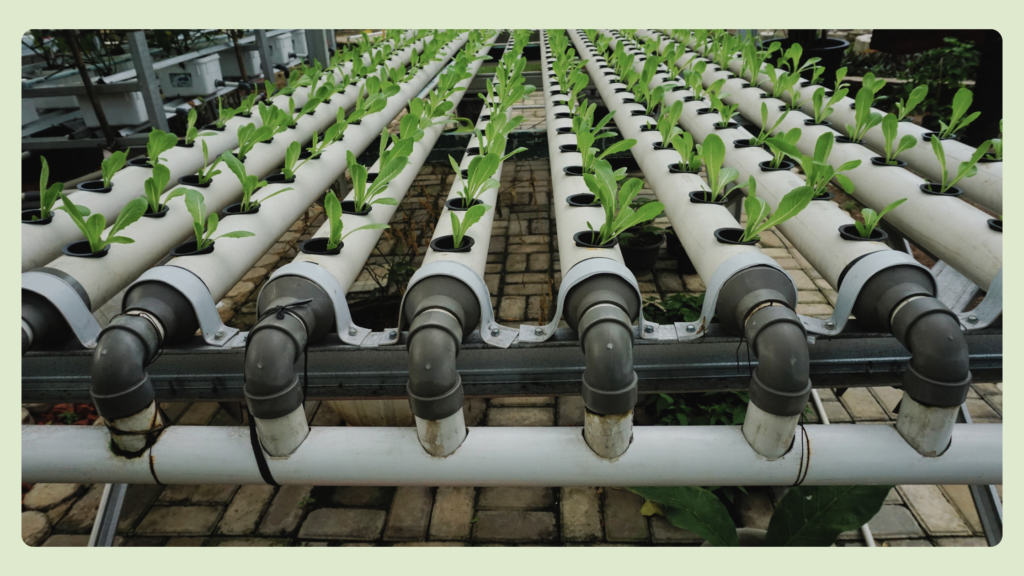For most people, coffee is a wake-up call, an energy booster or the best thing that could ever happen to them. In the southern states of India, a hot cup of filter coffee is an emotion.
But have you ever wondered about how the cultivation of coffee happens? Well, that is what this blog is about!
Almost 71% of the total coffee production in India is in the southern parts. The climate and soil conditions of the state are ideal for coffee plantations.
What makes them a jackpot when it comes to coffee plantations? Extreme care in growing coffee plants and proper procedure for the cultivation of coffee? Wondering what they are? Here are the details that you are looking for.
Cultivation of Coffee in India
The southern states and the states in the northeast are the leading states that produce the highest number of coffee. The leading states are Karnataka, followed by Kerala and Tamil Nadu.
The other states include Andhra Pradesh, Orissa and Northeastern states. It says that the best coffee in India comes from Kodagu. Globally, India is in the 6th position when it comes to coffee production.
Basics of Coffee Cultivation
The ultimate aim of coffee cultivation is the production of bright red or purple cherries called coffee beans from every coffee tree.
- These mature beans are collected from plants that can go on producing more for up to 50 years.
- So investing in coffee plants is a profitable business when it is done properly.
- They bear fruits within 3-5 years of planting.
- You can cultivate them on land or in pots.
- They can be propagated from coffee seeds as well as vegetatively from stem cuttings.
Cultivation of Coffee Requirements
Coffee prefers high-altitude climatic conditions but not frosty cold weather. Good quality rainfall but evenly distributed is a priority. The soil should have good water-holding capacity but be able to drain the excess water well.
Coffee prefers moist soil, not wet soil. The general soil pH for coffee ranges between 5-6. The soil should also be nutrient-rich, naturally or otherwise.
Coffee Propagation
Seed propagation is a common practice for coffee varieties of arabica. These plants can do self-pollination to complete the cycle and produce good-quality coffee beans.
- High-quality coffee plants that have high disease tolerance and better yields are propagated vegetatively via plant cuttings.
- These cuttings are transferred into a growing medium to generate roots. O
- Once they attain a proper root system, they are transferred into proper pots or ground.
- When transferring to the ground, ensure that the land is ploughed well and treated with organic manure as needed.
A soil test is highly recommended for these conditions. It must also be done a few months before the transplantation to allow the nutrients to set in. Give enough room between the plants when planting. The ideal distance should be a meter and the trenches should be 2 x 3 meters. Coffee trees are planted in the spring well ahead of the onset of the monsoon.
Caring for Coffee Plants
As mentioned, coffee plants love moist soil. You can choose a drip system, sprinkler, or any other suitable irrigation type. The frequency of the plants should depend upon the soil type and the weather conditions. Sometimes irrigating once or twice a week should suffice, spending upon the season.
- Fertilizers are provided as per the plant’s requirement. It is mainly done during the initial plantation, before the flowering season, before and after the monsoon, and for the fruiting period.
- Pruning should also be done regularly to remove unhealthy plant parts and to promote good growth of the shoot.
- Weeding is another important part of caring for coffee plants. It should be done before planting and at regular intervals as well.
- Mulching is a good way to prevent weed growth. They help retain moisture in the soil and also prevent soil erosion, especially during the rainy season.
As for harvesting, the main period is December when the ripened fruits are collected. Later the seeds from all the plants are collected regardless of their growth state. This will help the plant to start fresh for the next season. You can wait for the peak season or do fly picking from October onwards till February when you collect the coffee beans as and when they are ripe.
Conclusion
Coffee price is proportional to the quality of the beans and the general local demand. In most parts of the world, coffee is a necessity. To get that high-quality coffee, one must start from the ground level with proper growing techniques and care. When it is done properly, coffee cultivation is a rewarding effort.




